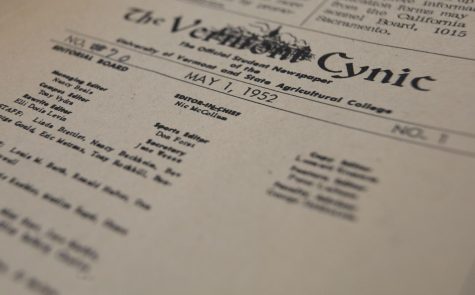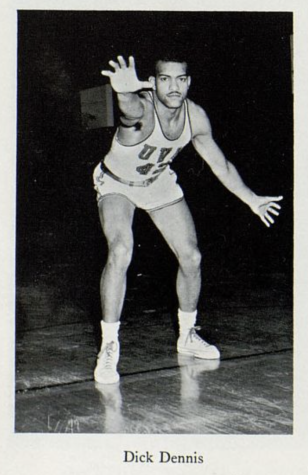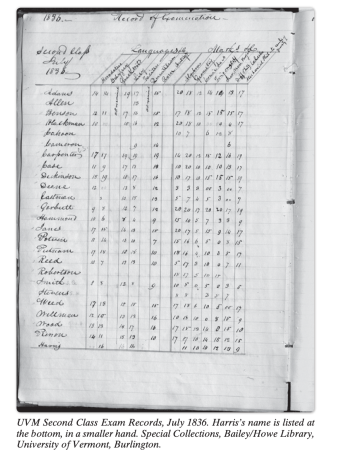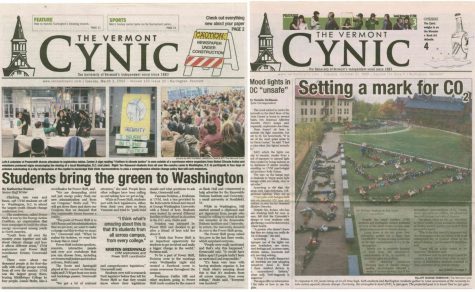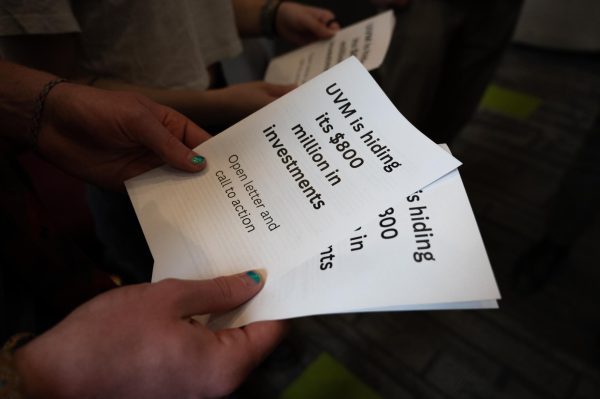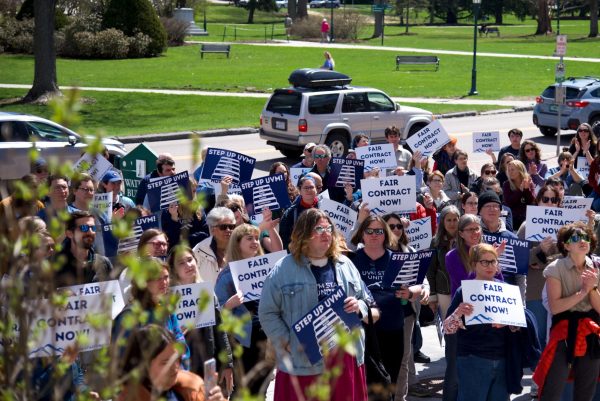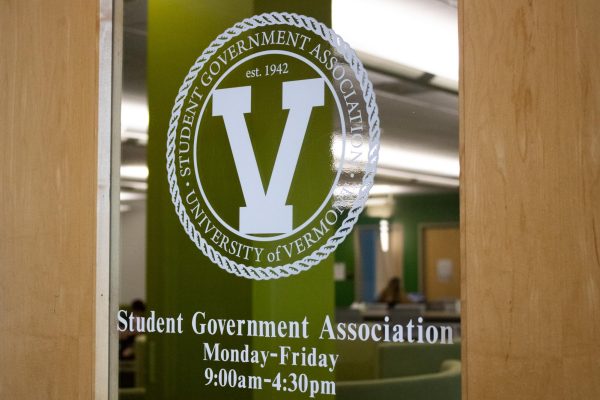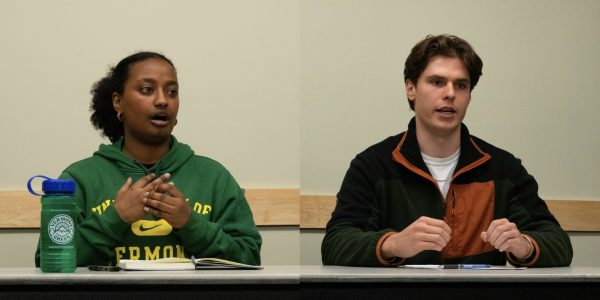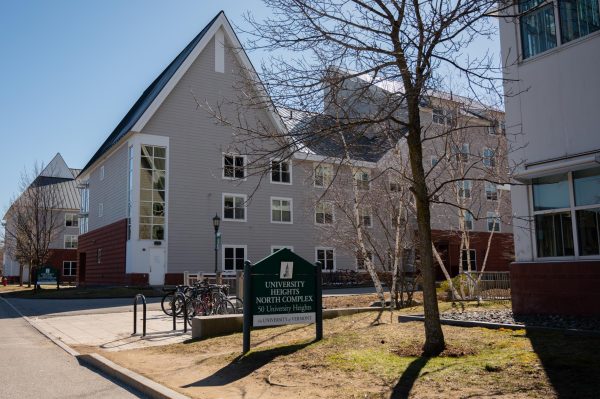Dining halls fail to supply maple syrup
Corn syrup? Caramel color? Not exactly the ingredients you expect to find in maple syrup.
You may or may not have noticed, but at many on-campus dining locations including Cook Commons, Redstone Unlimited and Harris Millis, real maple syrup isn’t offered.
Instead, what you’re reaching for is “pancake syrup.” This sneaky substitute isn’t far off visually, but it is ingredient wise.
“Well I just don’t feel very good about that at all,” junior Forrest Whiting said.
This syrup substitute is made from high fructose corn syrup, caramel color, natural and artificial flavors, and a few other ingredients, Caylin McKee, sustainability coordinator for university dining services, said.
Some students said they don’t mind the syrup substitute.
“The dining hall’s maple syrup isn’t as runny as the real stuff, I’m generally unopposed,” junior Kyle Schwartz said.
“The quality of maple syrup is the least of my worries, the real problem is the waffles,” he said.
Other students said that they are sad to learn that a university in a state that claims to be the leading producer of maple syrup in the nation isn’t able to always offer up the real stuff.
“It’s really surprising,” first-year Teresa Dotson said. “And kind of annoying.”
Why can’t all the dining halls just pop out a bottle of Vermont Maple Syrup?
Money is the big issue, Mckee said.
UVM’s real food percentage is measured in dollars and maple syrup costs more than double pancake syrup, according to McKee.
Providing maple syrup in all unlimited dining halls on campus would cause UVM’s percentage of real food to increase while the actual volume of food wouldn’t rise significantly.
Spending this money elsewhere may lead to a more obvious impact on campus.
“I think they definitely should serve Vermont Maple Syrup,” junior Gina Lord said.
“UVM puts so much effort into making people think it supports local farmers and stuff,” she said.
“I’m also pretty biased since I’m from Vermont and I get mad when any local restaurants don’t serve real Vermont maple syrup,” Lord said.
72 percent of the syrup used on campus is real Vermont maple syrup, McKee said.
However the unlimited dining options are still slacking by using the “pancake syrup” supplement.
“It’s kind of messed up that Sodexo doesn’t use real maple syrup in the maple syrup state,” first-year Spencer Crawford said.
“The people of Vermont even got McDonalds to use real maple syrup so why wouldn’t Sodexo?” he said.
Concerns with waste along with the ability to obtain large enough quantities of maple syrup makes a tough decision for dining services.
This is an issue that Mckee said is re-visited each year.
It remains unclear if maple syrup will become a priority in dining halls under UVM’s 20 percent real food goal by 2020.
This is a challenge that was adopted by dining services in 2012, according to the University’s dining services website.
The real food goal involves working with the Real Food Working Group, striving to use foods that nourish producers, consumers, communities and the earth, according to the website.
“It seems a bit contradictory to everything UVM and Burlington seemingly stands for, junior Dan Smith said. “If it is not locally sourced, it’s impact is greater than the bad taste in our mouth.”
“Plus, why would students go for it when the world’s best syrup is in our backyard,” he said.
You can still get your real syrup fix at some UVM dining locations, including the Atrium, Waterman Market, the Marche and Alice’s Caf?©.
If you’re looking to top your crispy waffle with the real stuff when you venture to dining halls, you may just have to sneak in your own bottle like first-year Lucy DeMatties.
“I bring it when I go to late night that way I don’t have to use the fake syrup on my waffle,” she said.
So you can go ahead and try to buy yourself a bottle to keep in your purse or pocket.
In the meantime, we will just have to wait and see what dining services works out.


